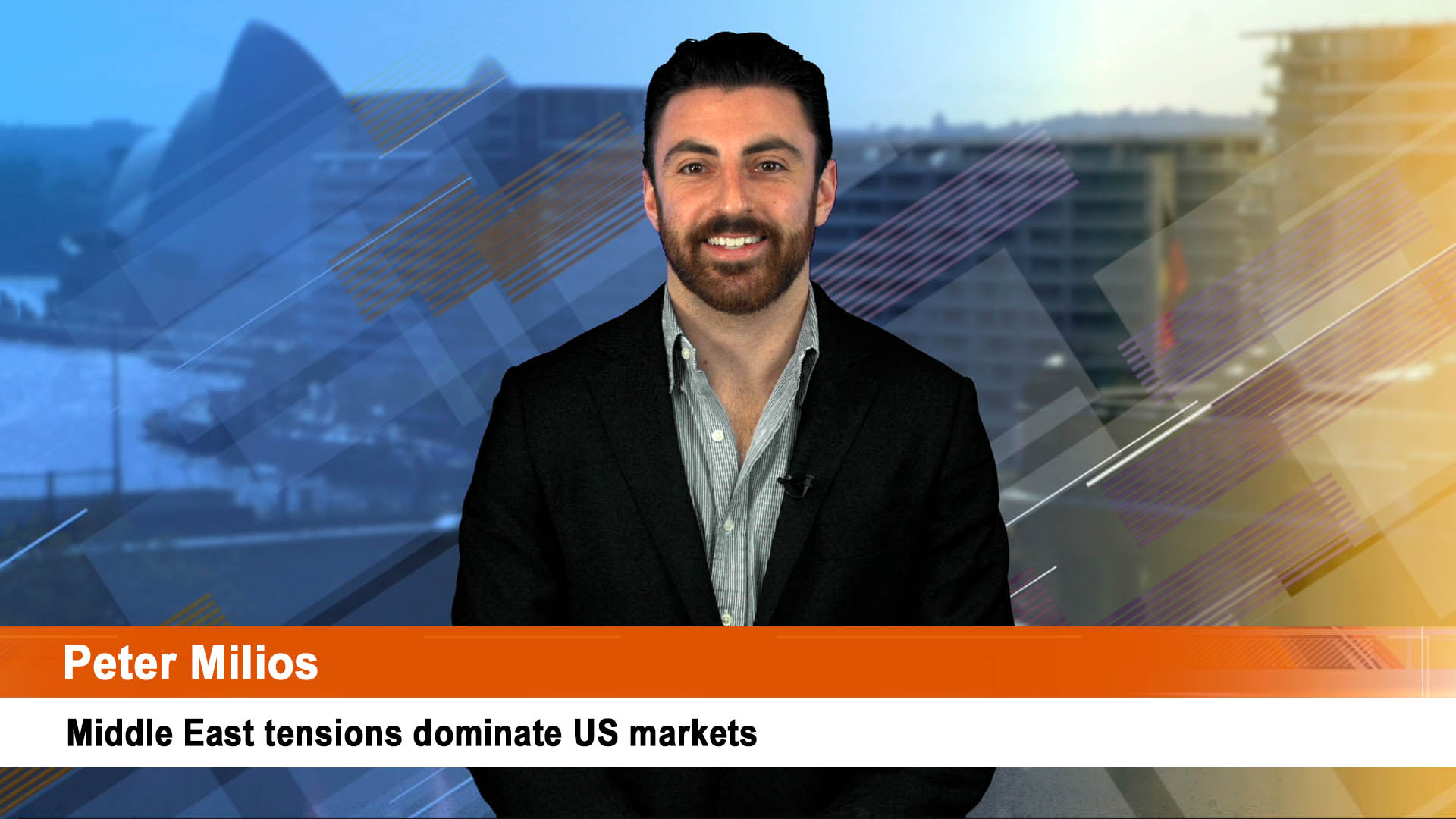Suddenly Amazon is all grown up and struggling, no longer the terroriser of retailers and other consumer servicing companies that it has been since 1997, it has reached middle age and needs a good sprucing up to keep it in the megatech capital gains game.
Unfortunately Amazon has been failing at that game for the past yearn – in fact, since founder and chairman/CEO Jeff Bezos departed.
The performance of the company’s shares in the market tells the real story – over the past year the shares are off 5.6%, which isn’t too bad but still worse than the 9% or so rise in the S&P 500.
It’s since December that Amazon shares have cratered – down nearly 16% in the past three months and 12% year to date. The S&P 500 is down nearly 9% in the last three months and more than 10% year to date.
Amazon’s December quarter financial report which helped steady a worrying tech sell off in February, turned out to be less than it seemed at the time and the shares were down 13.5% in the past month (before the split announcement) while the S&P 500 was down 6.7% till Wednesday.
Amazon shares rose more than 5% on Thursday, the day after the after-hours announcement of the split on Wednesday which will be the first since the tech and net boom and bust at the end of the 90’s.
To improve the appeal of its shares, Amazon taking a pretty conventional route to try and juice up its lagging share price – especially for a lumbering internet giant.
The buyback and the split are standard playbook moves by a company whose share price performance has sagged after years of outperformance.
Amazon on Wednesday said its board of directors has approved a 20-for-1 stock split, the first split since 1999 and the fourth since Amazon’s stockmarket listing two years earlier
The company also said its board has authorised Amazon to buy back up to $US10 billion worth of shares – a piddling amount of money given the company’s $US1.38 trillion market value (before the announcement) and total sales in 2021 of $US469 billion (including third parties), up 21.7% and a 57% jump in profits to $US33.3 billion.
Much of those gains came in the first half of the year and there were signs midway through the year of a slowing in growth thanks to the still rapid rate of expansion, higher wages and especially costs in controlling Covid.
At the same time Amazon is finding that giant US retailers such as Walmart and Target are much better at online retailing and matching Amazon while it is finding the going tough in India (where its expansion has hit the wall) and in parts of Asia.
Even in Australia retailers like Woolies, Coles, Myer, JB Hi Fi and Harvey Norman are now major online rivals. Smaller rivals online like Temple & Webster and Kogan are no pushovers and much smaller retailers like Adairs have built surprisingly large online clubs and sales.
So the split and buyback are the first real attempts by new CEO, Andy Jassy to pep the company’s weak share price.
They follow last week’s announcement that Amazon is closing more than 60 stores, including book shops but keeping its Fresh and Whole Foods stores going. That’s a cost trim and nothing more. The remaining bricks-and-mortar businesses are underperforming when compared to their older rivals.
Amazon is also on the cusp of getting control of the MGM studio and its back catalogue for around $US8 billion which puts it into another old/new business. The films, TV series and other product will sit well in the Prime streaming business and the company is moving deeper into streaming sport – such as the NFL Thursday night football and tennis like Wimbledon.
Were the split to happen as of Wednesday’s close, the cost of each share would go from $US2,785.58 to $US139.28, and each existing holder would get 19 additional shares for every one they own.
Amazon is the latest megatech company to go down the share split route to make its shares cheaper and more attractive to smaller investors.
Apple has used it several times – the last in early 2020 with a four for one split – Alphabet revealed a 20 for one split last month and Tesla is looking at a five for one.
Apple also has a much larger buyback – it announced last year it will spend up to $US250 billion buyback shares (taking its spending on buybacks to more than half a trillion dollars by some estimates) over the next three years.
Apple’s biggest shareholder, Warren Buffett’s Berkshire Hathaway loves Apple’s buyback and tries structure its own buyback so that Berkshire’s ownership of Apple keeps rising as the number of shares shrink.
One of Wall Street media’s so-called ‘genius’ activist investors, Dan Loeb’s Third Point Holdings has been building a stake in Amazon and has started pushing for the company to do better – his campaign has stepped up with Jeff Bezos out of the company’s management.
In its statement on Wednesday Amazon claimed the moves were targeted at helping corporate staffers.
“This split would give our employees more flexibility in how they manage their equity in Amazon and make the share price more accessible for people looking to invest in the company,” an Amazon spokesperson said in a statement.
But the reality is that Amazon has reached middle age as a high performing tech giant and may admit that ageing and join the much larger Apple ($US2.57 trillion market value) in paying a dividend to make itself more attractive to a wider group of investors.
Apple has been paying dividends since 2012 and while its current 22 US cents a share quarterly payment is not very large it hasn’t stopped it becoming and keeping the top spot among the world’s most valuable companies.
Apple’s profit at $US94 billion for the 2020-21 financial year to September 30 was almost three times Amazon’s.
Apple has undergone a sort of rebirth under chair Tim Cook in the wake of the death of founder Steven Jobs in 2011 with new products and a rapid expansion of its ideas into services (nearly 750 million subscribers to its various services at the end of 2021).
In reality Amazon remains at heart a bricks-and-mortar based retail giant (its warehouses and fulfilment businesses and cloud computing data centres) and lifting margins in these capital heavy businesses will take time and a lot of effort.
Its Prime service membership figure is still a secret (150 to 200 million members have been estimated), as are subscriber numbers to its streaming music service and streaming video. But those numbers would help the company improve its appeal – even if they might be a little weaker than estimates.
But the split will lower the price of the shares and if Apple’s experience is any guide, the share price will, over time, perform more strongly than if it had remained at the current very high $US2,959.
Distributions from the stock split will be made to Amazon shareholders at the close of business on June 3, and trading will begin on a split-adjusted basis on June 6.












